Empowering Oral Immunity Through Education
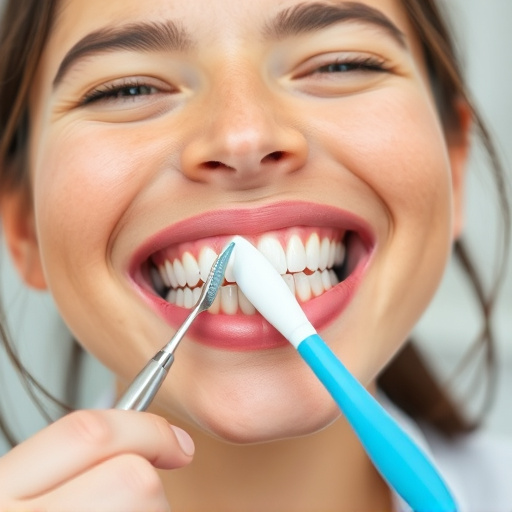
Oral hygiene education is key to preventive healthcare, reducing infections like tooth decay and gum…….
In an era where health awareness is at an all-time high, oral hygiene education stands as a beacon of preventive care, empowering individuals to take charge of their dental well-being. This comprehensive guide delves into the multifaceted world of oral hygiene education, exploring its significance, global reach, and transformative potential. By examining various facets—from historical roots to technological innovations—we aim to illuminate why this field is not just a practice but a vital component in shaping healthier communities worldwide.
Oral hygiene education (OHE) refers to the systematic process of teaching individuals about maintaining optimal oral health through proper brushing, flossing, and overall dental care practices. It transcends mere knowledge transfer; it empowers people to make informed decisions regarding their dental hygiene routines. The core components include:
Historically, oral hygiene education has evolved significantly over the centuries. From ancient civilizations using natural remedies for tooth care to modern-day comprehensive programs in schools and communities, OHE has become a cornerstone of public health initiatives. Its importance was recognized early on, with records dating back to 3000 BCE, where ancient Egyptians practiced dental care, as evidenced by their well-preserved teeth. However, it was during the 20th century that structured oral hygiene education programs began to take shape, leading to substantial improvements in global oral health.
Oral hygiene education has left an indelible mark on global dental health, with varying trends and impacts across regions:
The economic implications of oral hygiene education are substantial, affecting both healthcare systems and individuals’ financial burdens:
| Economic Aspect | Description |
|---|---|
| Market Dynamics | The global oral care market, valued at USD 145.2 billion in 2020, is expected to grow at a CAGR of 7.3% from 2021 to 2028 (Grand View Research). This growth is primarily driven by increasing demand for oral hygiene products and services, particularly in emerging markets. |
| Investment Patterns | Governments worldwide recognize the value of OHE as an investment in public health. As a result, many are allocating funds to implement and enhance oral hygiene education programs, leading to improved dental health outcomes and reduced long-term healthcare costs. |
| Cost Savings | Effective OHE can significantly reduce the economic burden of dental diseases. According to a study published in The Journal of Dental Public Health, implementing school-based OHE programs led to a 24% decrease in dental treatment costs over a 5-year period (Daskalakis et al., 2018). |
Technology has revolutionized oral hygiene education, offering innovative ways to deliver and enhance learning experiences:
Key policies and regulatory frameworks play a crucial role in dictating the course of oral hygiene education:
Despite its numerous advantages, OHE faces several challenges and criticisms that require thoughtful strategies to address:
Case Study 1: Singapore’s National Dental Care Program
Singapore’s comprehensive oral health program is a prime example of successful OHE implementation. The government-led initiative focuses on school-based education, community outreach, and access to dental care. Through interactive workshops, brushing demonstrations, and educational videos, they’ve managed to increase public awareness and improve oral hygiene practices across all age groups. As a result, Singapore has seen a significant reduction in tooth decay rates among children.
Case Study 2: Brazil’s Indigenous Oral Health Program
Brazil’s unique approach involves integrating OHE with indigenous communities’ traditional knowledge systems. The program, Saúde Bucal Indígena (Indigenous Dental Health), collaborates with local leaders and health workers to deliver culturally sensitive oral care education. This community-based strategy has led to improved dental health outcomes and increased acceptance of modern dental practices among indigenous populations.
Case Study 3: Japan’s Fluoride Education Initiative
Japan’s successful battle against tooth decay involves extensive fluoride education programs. Schools and community centers conduct regular sessions on the benefits of fluoride, proper toothpaste use, and its role in preventing cavities. This targeted approach has contributed to Japan’s consistently high dental health standards.
The future of oral hygiene education is filled with promising possibilities, driven by technological advancements, evolving global trends, and strategic considerations:
Oral hygiene education stands as a powerful catalyst for improving global dental health. Its historical evolution, diverse implementation strategies, and technological enhancements underscore its significance. By navigating challenges and embracing emerging trends, OHE can reach new heights in empowering individuals to take charge of their oral well-being. As we look ahead, the future holds immense potential for this field to flourish, leading to healthier smiles worldwide.
Q: How does oral hygiene education benefit society?
A: OHE contributes to society by reducing dental diseases, which are often costly to treat and can lead to significant health complications. It fosters a culture of preventive care, ultimately saving time and resources while promoting overall well-being.
Q: Can you explain the role of technology in modern oral hygiene education?
A: Technology plays a pivotal role by offering interactive and personalized learning experiences. From mobile apps to VR/AR, these tools make OHE more engaging, accessible, and effective, especially for younger audiences.
Q: How do cultural differences impact oral hygiene education programs?
A: Cultural diversity can both present challenges and offer opportunities. Tailoring educational content to respect local beliefs while providing evidence-based practices ensures acceptance and effectiveness. Understanding cultural nuances is key to successful OHE implementation.
Q: What are some long-term effects of proper oral hygiene education?
A: Effective OHE leads to improved oral health outcomes, including reduced tooth decay, gingivitis, and periodontitis. It encourages individuals to maintain healthy habits throughout their lives, contributing to better overall health and quality of life.
Q: How can governments encourage oral hygiene education in underserved communities?
A: Governments can implement targeted initiatives by allocating resources for community-based programs, providing training for local educators, offering incentives for participation, and partnering with healthcare providers. Ensuring access to dental care and OHE is crucial for reducing health disparities.

Oral hygiene education is key to preventive healthcare, reducing infections like tooth decay and gum…….
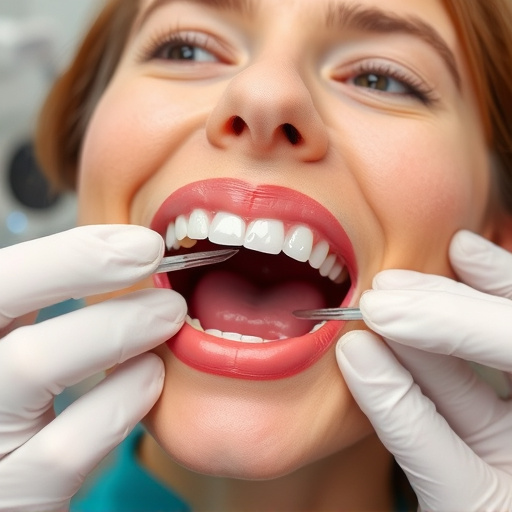
Interactive oral hygiene education leverages virtual reality, games, and multimedia to simplify comp…….
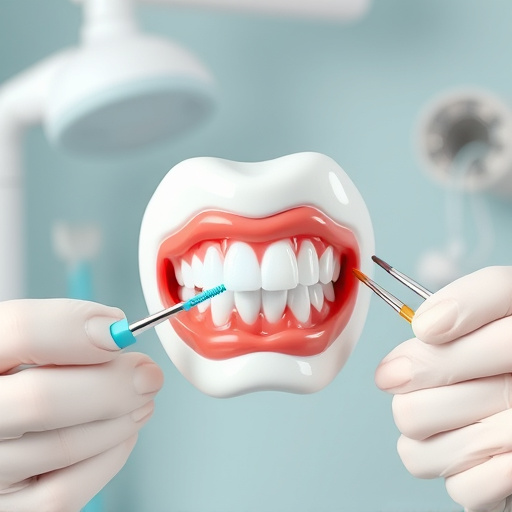
Interactive games, storytelling, and reward systems are dynamic tools for oral hygiene education. Ga…….
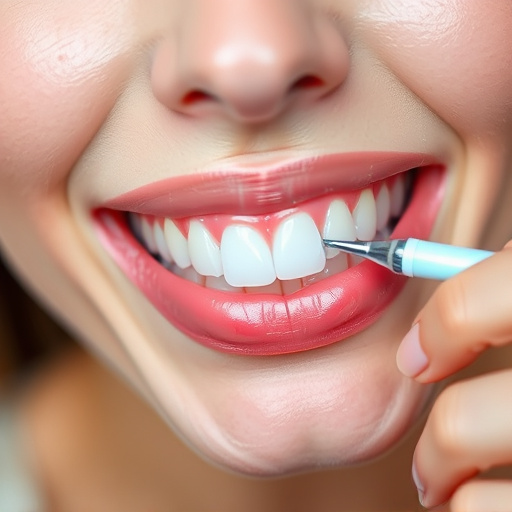
Oral hygiene education is vital for preventing dental issues and promoting overall health. By teachi…….
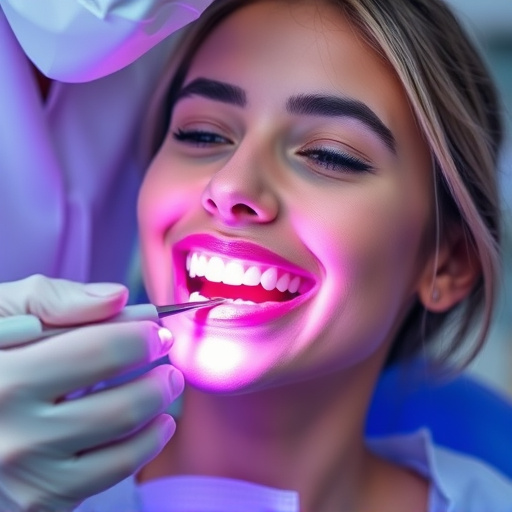
Oral hygiene education is a cornerstone of dental care, empowering individuals to understand and tak…….
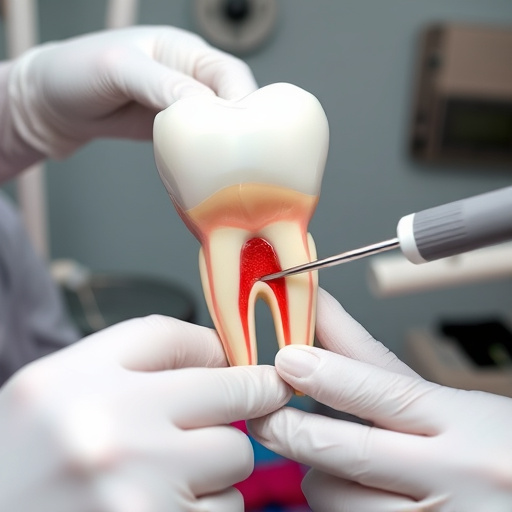
Oral hygiene education is a key strategy to enhance dental health, prevent diseases like tooth decay…….
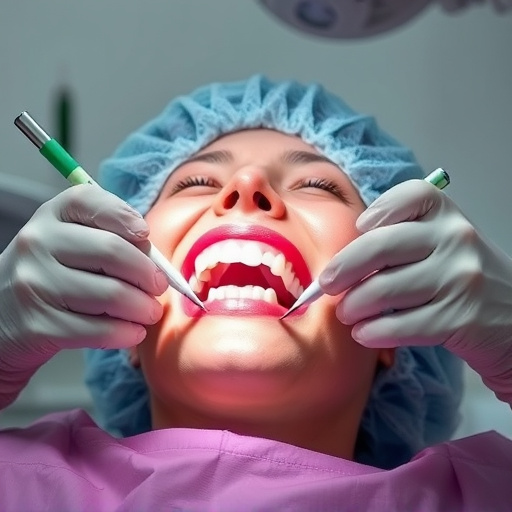
Oral hygiene education equips individuals with knowledge about cavity prevention, teaching proper br…….
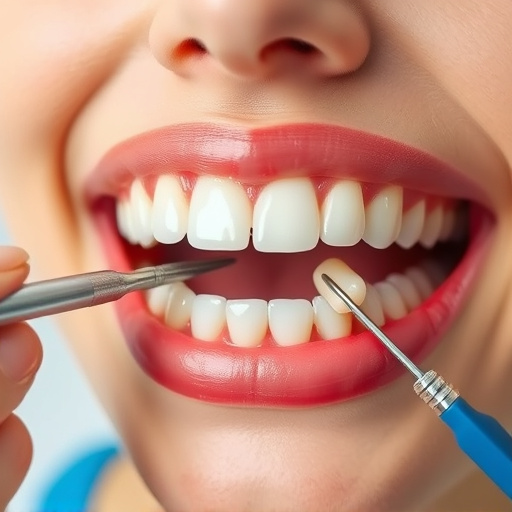
Oral hygiene education is a powerful tool in family dentistry, teaching patients (especially childre…….
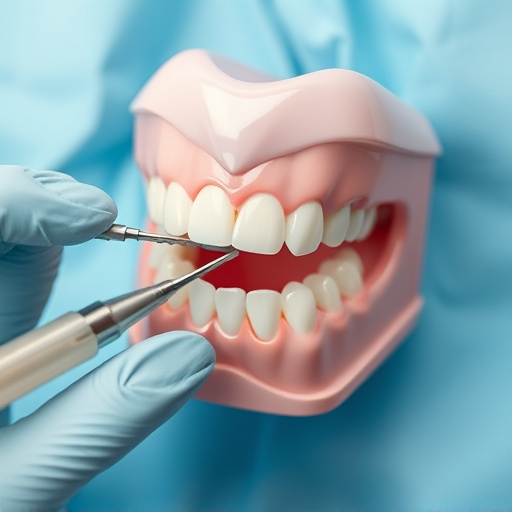
Oral hygiene education equips children with skills for lifelong dental health. Teaching proper brush…….
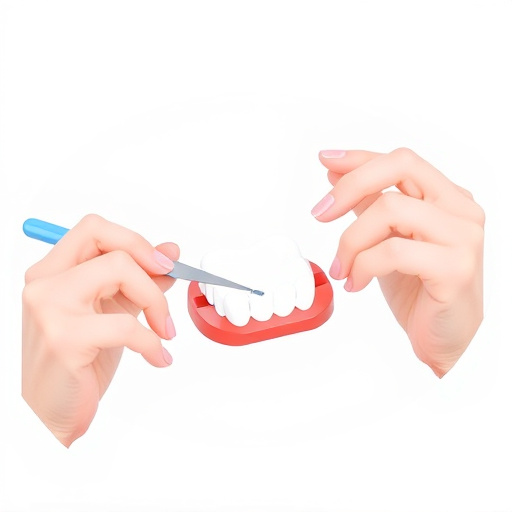
Oral hygiene education is vital for overall well-being, offering tailored guidance from childhood to…….